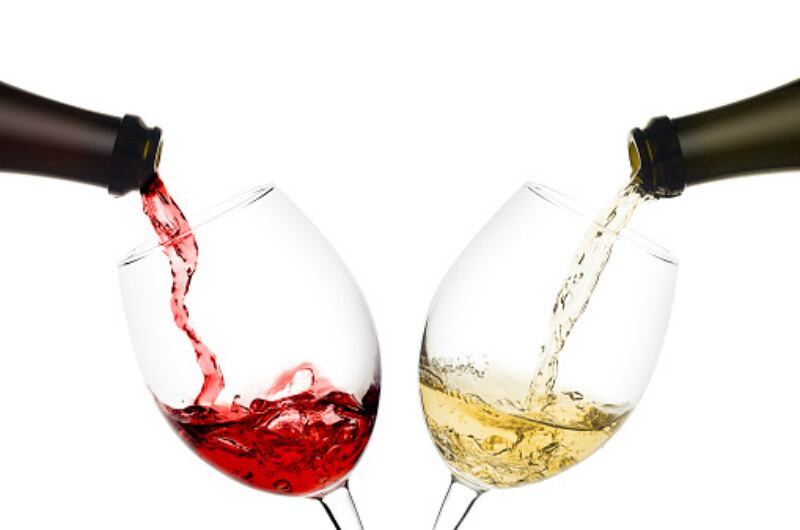The software used in the Wine Australia-funded project replaces the old Australian Bureau of Statistics paper-based sector survey, which was last published in 2015.
Developed by Consilium Technology in Adelaide, the Geospatial Artificial Intelligence for Agriculture (GAIA) analysis algorithm scans high-resolution satellite images of Australia’s wine regions to identify exactly where vineyards are located and how many vine rows are planted.
The scan is the first of its kind in the world, detecting and mapping the locations of all 75,961 Australian vineyard blocks, to provide information that can be used for emergency biosecurity responses.
By measuring vine row length from imagery from Maxar’s WorldView-2 satellite, the software can assess planting densities by region and sub-region for the first time.
Consilium has so far been working in a private beta with 24 customers, including major wineries Treasury Wine Estates, DeBortoli Wines, and Brown Family Wine Group, as well as a number of viticultural consultancies.
An interactive app will be launched in July to allow grape growers and winemakers across Australia identify and annotate their own blocks.
Consilium’s technology chief, Dr Sebastien Wong, said GAIA could also be used to assess other high-value crops, such as almonds, avocados and citrus. These applications have generated a great deal of international interest, besides wine.
“But wine is our first focus because the technology is ready to go and we’ve had good interest from international wine industries including North America,” Wong said.
“This is a world first—people do crop health monitoring but there’s no one automating the location of crops for the wine industry.”
Consilium is now looking to attract more clients like Wine Australia, which allows its subscribers to log in to GAIA to view the results on a map and access services that analyse the health of their crops.
It has been working with other sensor manufacturers and database providers to create a connected ecosystem.
“We want to work with companies that specialise in things like soil moisture, weather and spray diaries to help people value add and visualise what’s going on in a spatial manner rather than just relying on traditional methods,” Wong added.
The first national vineyard scan found Australia has 146,128 hectares of vineyards, with their vine rows amounting to a total length of 463,718km.
South Australia accounts for just over half of national plantings, with its Riverland region the biggest, with 21,058ha of vines. Plantings in the Barossa Valley have increased by 1560ha since the 2015 ABS survey.
Wine Australia chief executive Andreas Clark said the scan had been very accurate, with 95% matching of vineyards, compared with human identifications in test samples.
“This scan provides the sector with a very good baseline for follow-up surveys that will be carried out over the next two years,” he said.




